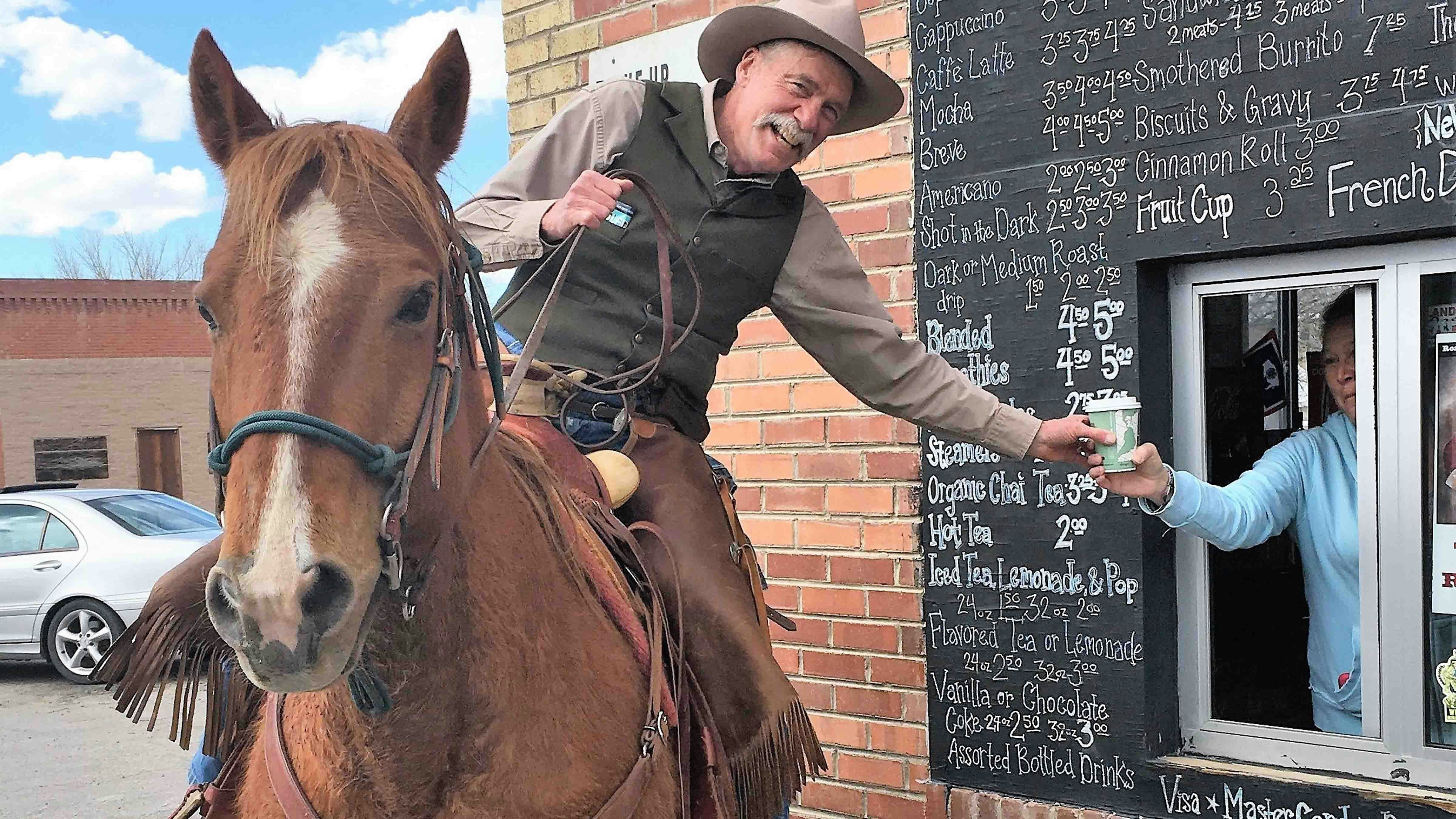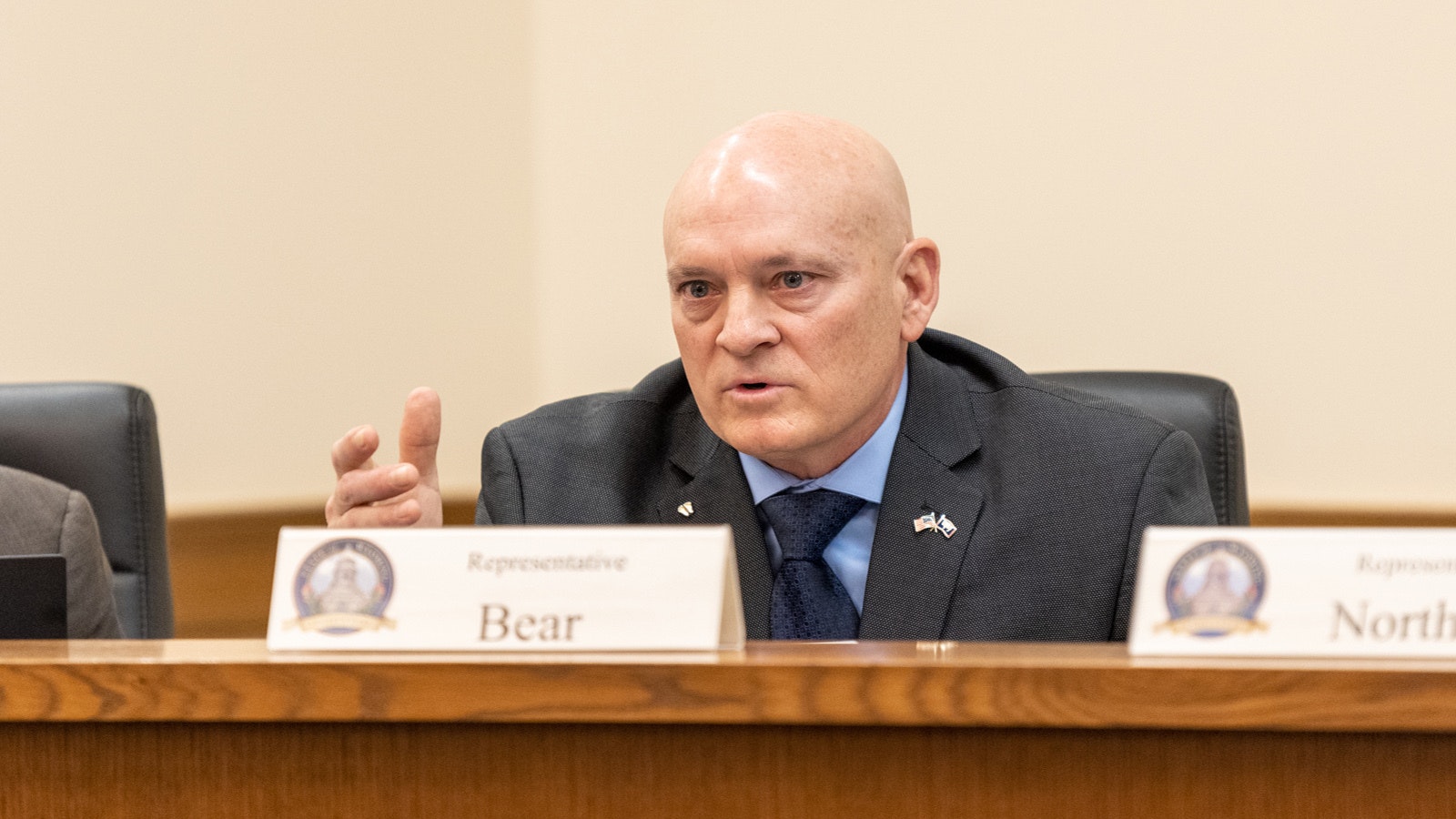In 1974 I was a rookie on the Bighorn Inter-Regional Fire Suppression Crew at Greybull, Wyoming. The crew name was later changed to the Wyoming Hot Shots.
As a “new man” I was classified as a Government Service (GS) - 3 and made $3.08 per hour. We also earned overtime pay (time and ½) and another ¼ hazard duty pay if the fire was uncontrolled. We worked long, hard and often dangerous hours for our pay. There were no work/rest guidelines then. We were under the command of the WWII generation and fighting forest fires was war.
At the same time I was in my sophomore year in Forestry at Colorado State University (CSU). I figured that the full cost of 2 semesters (1 year) or later 3 quarters at CSU came to a total of $2,300 dollars. This included all costs from tuition to books and fees to room and board at Green Hall on campus.
Often we met the $2,300 dollar bench mark by mid-August on the crew. We joked that the rest of the time worked was for the beer money we could earn till the fire season ended after Labor Day. In those days Colorado was legal for 3.2 beer for 18 to 20 year olds. It was the ideal set up; but that’s another story for another time.
College started the second week of September. We were on the perfect Agriculture schedule (CSU was originally known as Colorado Agricultural College and then Colorado A&M). I graduated from CSU with no debt. I wasn’t rich but I had no debt when I reported to the Smokejumpers at Missoula, Montana after graduation.
The national debt in 1974 was 475 billion dollars.
Later, as a forester, in 1998, I ran the numbers for what the seasonal firefighters and rangers who worked for me made in comparison to their schooling. Since our ranger station is located in Wyoming I used the University of Wyoming (UW) as the plumbline since most of our seasonal’s attended UW. I found that between the years 1974 and 1998 the cost of college compared to the Forest Service wage we paid them had risen almost three fold. I believe the cost for an instate student to attend my alma mater at CSU had risen 4 fold by then.
The national debt in 1998 was $5,526 billion. This amounted to an 11 fold increase since 1974.
At this same time we began to see the new mansions and hobby ranches built on the outskirts of the forest at Dubois and Lander, Wyoming. The joke began that in Jackson the billionaires were driving out the millionaires. An exaggeration but it made the point that wealth was being consolidated by the few. At the same time, the squeeze began on the middle class in earnest as housing prices soared.
A district ranger and I also crunched some other numbers to confirm. In 1972 the ranger was a GS-9 Forester. In 1998 he was now a GS-12 District Ranger near the end of his career. We looked at the cost of a new Ford truck in 1972 and compared it to 1998. We also looked at other common costs and inflation. We determined that his GS-12 in 1998 was financially equivalent to his GS-9 in 1972. His fiscal standard of living had remained the same for 26 years.
It became obvious that the elites had consolidated their power and wealth by destroying a once vibrant middle class. Someone was getting rich on the backs of the working men and women of America. Terribly rich and our federal politicians not only condoned it but were part of it through insider trading and legalizing the illegal by changing and passing laws to benefit the few.
Lets look at just one example. The Northwest Forest Plan of 1995 locked up 20 million acres of mature and old growth timber to save the spotted owl. The plan was driven by the U.S. Fish and Wildlife Service under the Threatened and Endangered Species Act (T&E Act) but signed off by the Forest Service.
As foresters we warned that the “saved acres” would simply all burn up and they did. The Forest Service response to the catastrophe? “Beyond the scope of the planners.” Really? That’s all you got? No apology? No change of direction? Dumbfounding at best. Dogma at its finest.
With their habitat now burned up the spotted owl population suffered an 85% reduction in nesting pairs. Foresters in Oregon concluded that the loss to their states economy was approximately 80 billion dollars per year. An entire timber industry that supported middle class families had been destroyed.
This is just one example of the waste and destruction not only to our forests but to American jobs and families. Today, timber must be imported at high transportation costs from Canada and other countries. I also crunched the numbers for timber lost since 1995 under the Northwest Plan.
One log truck will carry 5,500 board feet of timber (5.5 MBF) or 10 chords. Take your pick. The loss on just the National Forests would amount to 50 million fully loaded log trucks by 2022. Again, American jobs lost and increased fuel loadings to drive high intensity forest fires that not only put our firefighters at greater risk but now burn up entire communities and kill citizens.
I submit that the T&E Act actually did more for attorneys and environmental elites then it did for the wildlife it was designed to protect. The few got rich while the working men and woman and the forest itself suffered.
Now, imagine the cost to middle class America under the present day 32 trillion dollar national debt. It doesn’t take a rocket scientist to come to the conclusion that “Something is Rotten in Denmark” or should we say “Washington”.





